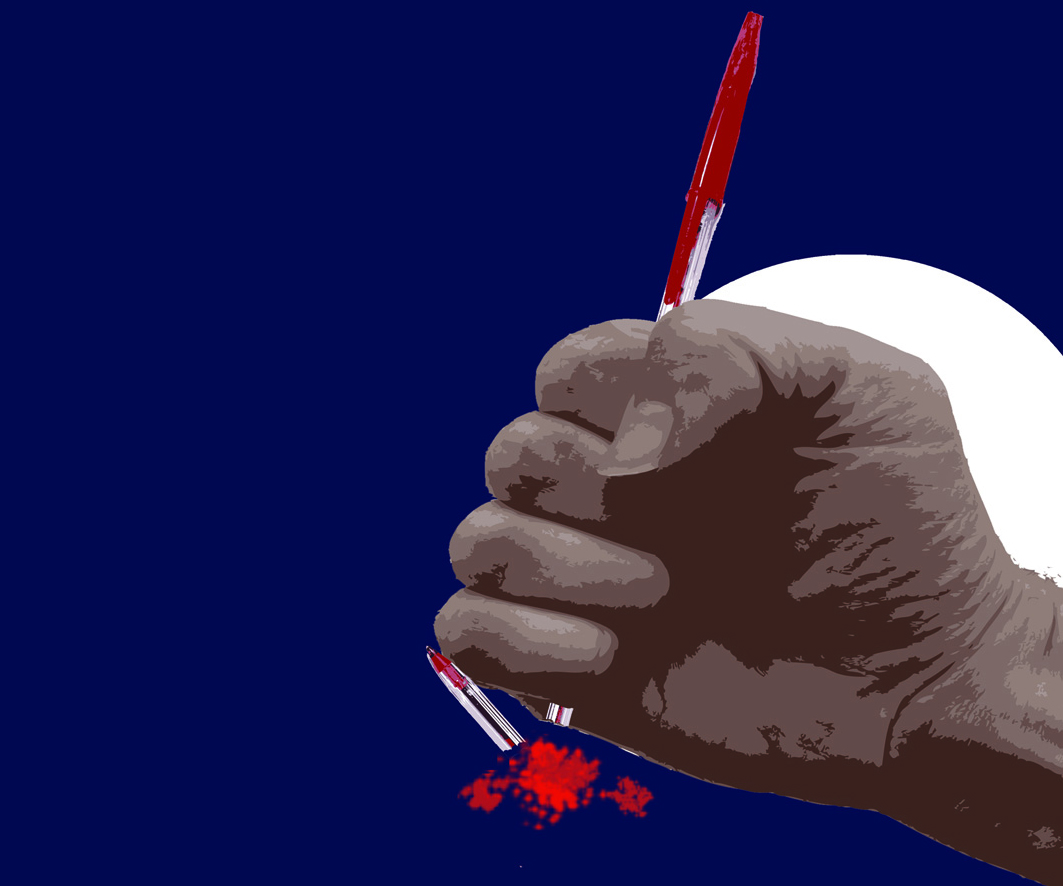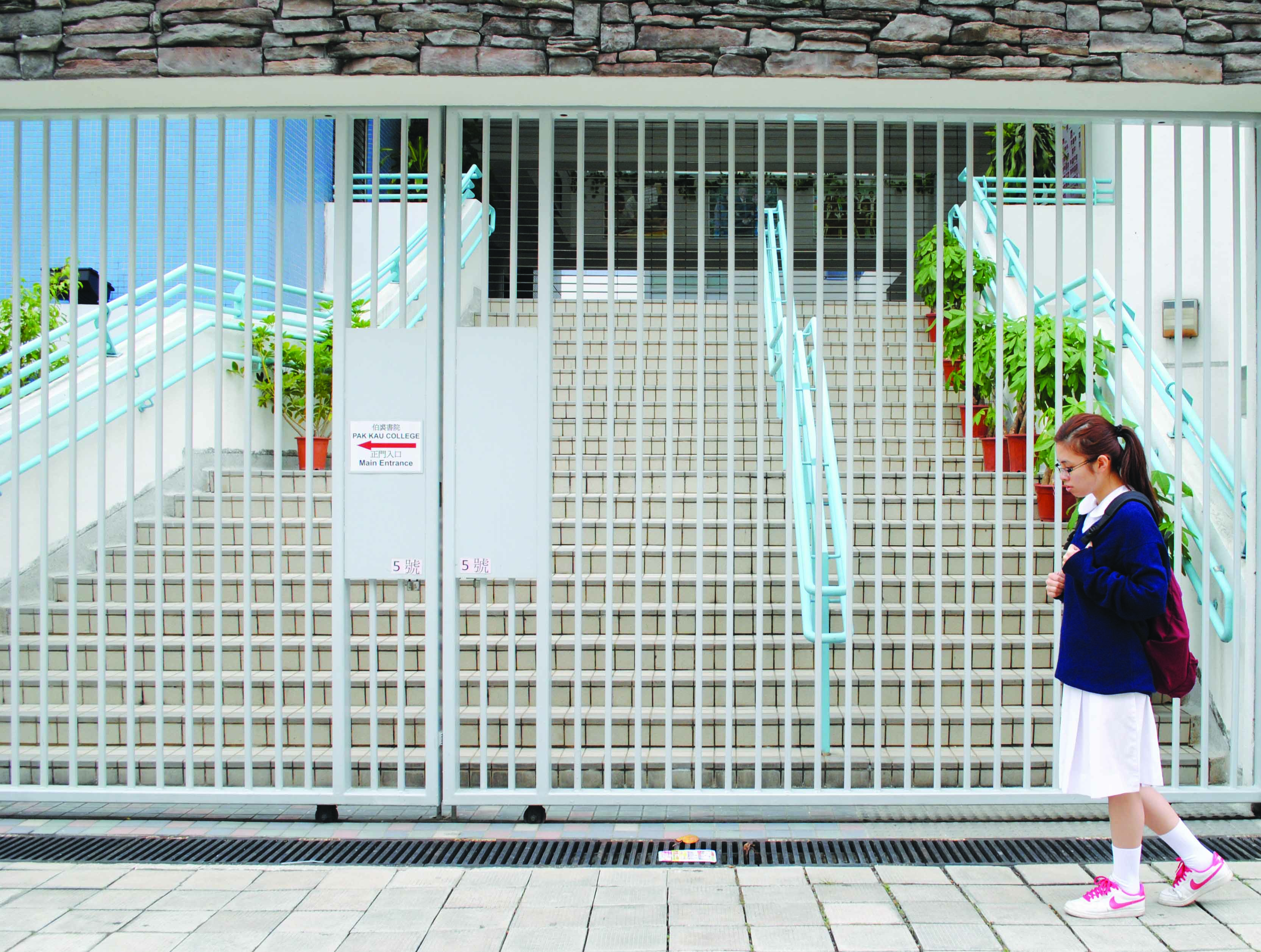Does DSS system make it harder for poorer students to enter Hong Kong’s elite schools?
Reporters: John Yip Tsz Wah, Raymond Tse Tsz Ho
Imagine a school entrance interview. The school is prestigious, it can take its pick of the best students from across Hong Kong. The competition is fierce. The interviewees are asked to introduce themselves in English, they are asked about their extra-curricular interests, their travel experiences. A student from a wealthy family has many experiences to draw upon. Another student from a lower-income background struggles to find something to say.
This scenario is offered by Professor Thomas Tse Kwan-choi of the Department of Educational Administration and Policy at the Chinese University of Hong Kong. Tse has studied the impact of the Direct Subsidy Scheme (DSS) on equality in access to education and social mobility. He believes the DSS amounts to the “quasi-marketisation” and increasing privatisation of Hong Kong’s education system; a trend that will perpetuate the advantages of those with wealth and cultural capital.
However, despite the perception that fees have made DSS schools exclusive clubs for the rich, the Director of Audit’s Report of October 2010 shows that not all DSS schools are expensive. The actual fees charged by DSS secondary schools ranged from zero to HK$110,000 in the school year 2009/2010.
What is more, as a condition of receiving government funding, DSS schools must reserve at least 10 per cent of their income from school fees for remission schemes for poorer students. The eligibility benchmarks for these schemes have to be equally favourable to those set by the government for student financial assistance schemes, such as the Textbook Assistance Scheme and Student Travel Subsidy.
Some schools set aside more than the minimum 10 per cent. For instance, St. Paul’s Co-educational College (SPCC), a former aided school that joined the DSS in 2002 says it does not set any limits on the number of students who can get fee remissions.
According to the school’s principal Anissa Chan Wong Lai-kuen, students can receive subsidies as long as they are eligible. Each year, they use about 20 per cent of the fee income for fee remission. In 2009-2010, 239 or around 20 per cent of students benefited from the scheme. Of those, around two-thirds received grants for the total school fee of HK$52,000.
SPCC students who qualify for the fee remission scheme can also enjoy grants for paid optional learning programmes. For example, if a student gets a full fee remission and is nominated by a teacher to join an overseas learning program, they will not have to pay. “Once you are in, we guarantee that school fees will not be an obstacle for you to survive in our school,” says Chan.
To further encourage poor students to apply to the school, Chan explains that around five per cent of places are reserved for these students each year. The school invites principals of primary schools to promote this scheme to poor but outstanding students. Students admitted through this scheme will not have to pay any school fees.
Although remission schemes exist, many parents are unaware of them. Some DSS schools may actively promote their schemes, but some parents are still scared off by the thought of fees. Bonnie Cheung Yuk-fong, a mother of a primary five pupil is one of them. Her family earns around HK$10,000 a month and she has never considered choosing a DSS secondary school for her daughter because she would not be able to afford the school fees of a typical DSS secondary school.
“I don’t know if DSS secondary schools are offering school fee remission. I never search for the information,” she says. “Even if I know that some DSS secondary schools do have a school fee remission scheme, I am not sure whether I am eligible for it.”










































